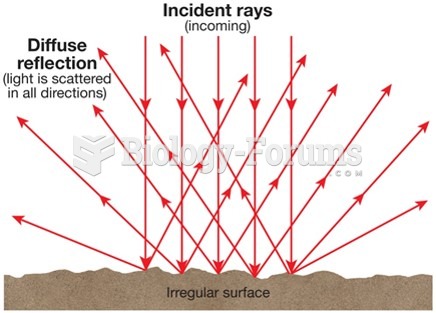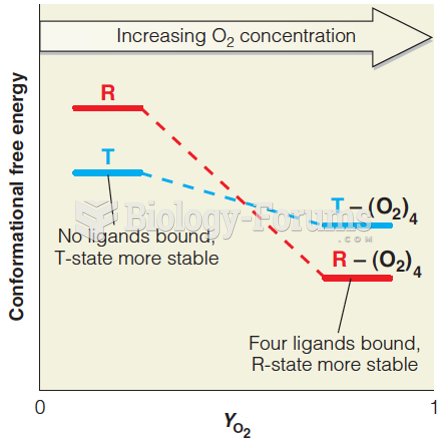|
|
|
The average office desk has 400 times more bacteria on it than a toilet.
Approximately 500,000 babies are born each year in the United States to teenage mothers.
The human body's pharmacokinetics are quite varied. Our hair holds onto drugs longer than our urine, blood, or saliva. For example, alcohol can be detected in the hair for up to 90 days after it was consumed. The same is true for marijuana, cocaine, ecstasy, heroin, methamphetamine, and nicotine.
More than 50% of American adults have oral herpes, which is commonly known as "cold sores" or "fever blisters." The herpes virus can be active on the skin surface without showing any signs or causing any symptoms.
There are over 65,000 known species of protozoa. About 10,000 species are parasitic.







